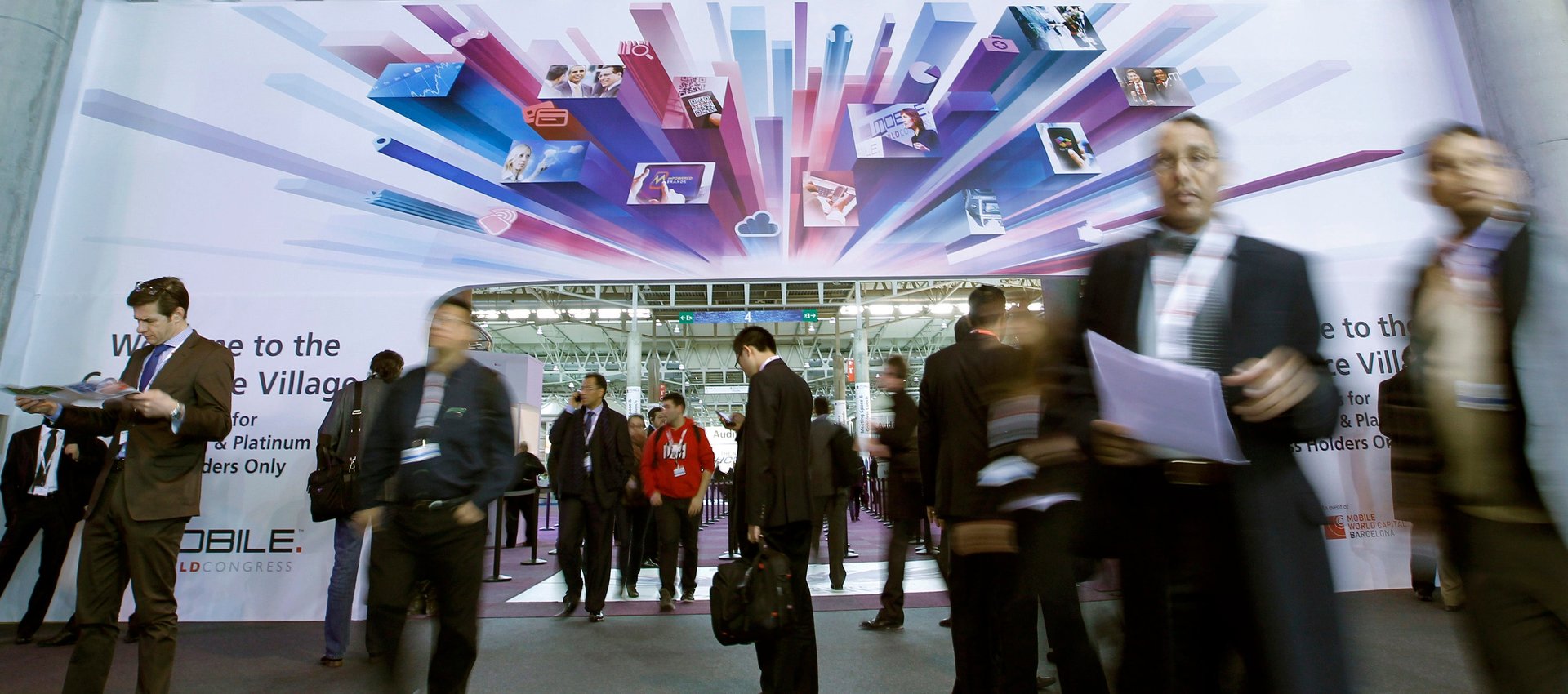4 ways to make connections at a conference, according to Esther Perel
Lessons from a leading relationships expert, shared on the frontlines of TED

Esther Perel, the psychotherapist, author, and podcaster renowned for her advice about relationships at home and at work, understands the art of connection. At this year’s TED conference in Vancouver, she helped first-time attendees of the annual event acclimate to their surroundings for the next five days, and to one another.
Scroll through for the tips she offered at a pre-conference session; we’ll put them into practice at TED this year and let you know how things turned out.
1 / 4
Connect over what you—and your fellow attendees—left behind to get here

A majority of hands rose when Perel asked the group who was feeling nervous or had anxiety about the week-long event. Just like that, the anxious among us had a shared connection with more than 150 other conference-goers in the room of 300.
Easing everyone into things, Perel asked us to consider what we had left behind to be there. Me? I left my twin 12-year-olds home in Wisconsin while I traveled to Vancouver. (I also left my dog—who I’m missing even more than my eye-rolling tweens on day one.) And then there’s work: the deadlines that didn’t move just because I’m at a conference and the inbox that will creep into the triple digits if I don’t stay on top of it.
Just as my throat started to tense thinking about all of it, Perel instructed us to look around, find someone else with their hand up, and deliver a high-five. Most didn’t have to look far. And with every slap we heard, the tension started to dissipate. Then she asked us to consider who we were relying on in order to be here. (In my case, my parents stepped in to play chauffeurs and caretakers-in-charge.) This was as much an exercise in gratitude as a potential connection point with fellow attendees.
Next time you’re milling around the coffee break or awkward networking cocktails at a conference, don’t be afraid to ask people: What did you have to leave behind to be here? How are you managing things at work or at home while you’re gone? Then, prepare to relate.
2 / 4
Attendee’s choice: expand or contract

I tend to be more extroverted in these situations and can sacrifice too much of my own experience at a conference in order to make others feel comfortable. Perel offered an antidote to my outward acts, asking us to consider who among us needed to contract and move inward, versus pushing into the experience more.
Frame this choice for yourself as you move through the event, and you’ll better understand if now is the right time to extend yourself to others—or whether you’re better off engaging in some self-care and choosing a later time to reach outward, when your bid for connection is more likely to be successful because you, yourself, are more open to it.
3 / 4
Find your anchors

Much of Perel’s advice is about engaging in self-reflection and tapping into our feelings in the moment. But, to ensure your attendance at a conference has a lasting impact, she suggests we look to others.
Can you anchor yourself with one or two people who become your steady harbor at the event? In seeking out those people, Perel recommends we look for intergenerational connections, which can help build more bridges and create a real exchange of energy.
4 / 4
Don’t be like an AI

Perel wrapped up her advice by encouraging us to remember, at a time where artificial intelligence (AI) is moving in, we should not be trying to engage in artificial intimacy. Instead, she advises, “interact with your senses and make sure [the other person is] really interested in you.” This is best done, she asserts, by talking about who you are, not what you do.
